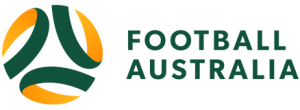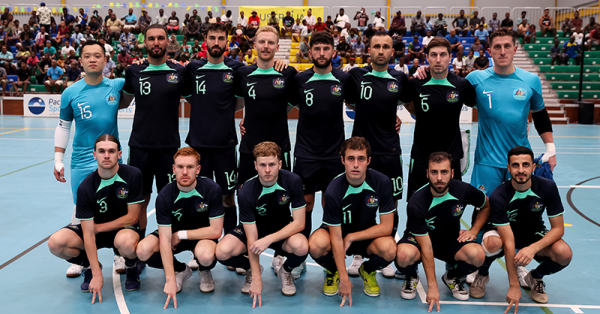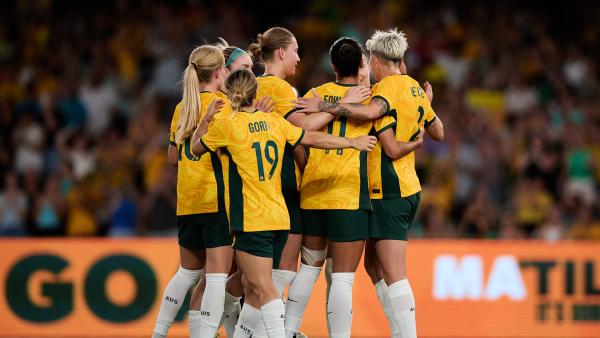As we celebrate NAIDOC Week 2021, it provides a perfect opportunity to revisit and commemorate the impact of Indigenous Australians upon the Socceroos.
NAIDOC Week, which this year is held from July 4 to July 11, marks a time to celebrate Aboriginal and Torres Strait Islander culture past, present and future.
Football Australia acknowledges that the Indigenous Australians are the Traditional Custodians of this land that have been practicing culture for over 60,000 years.
First Nations Australians have played variations of football for centuries - so it is only right to recognise the impact they have had on the Green and Gold.
The likes of Charles Perkins, John Moriarty and Gordon Briscoe were among the original trailblazers in the 1950s.
The Moriarty family continues to impact Australia through football to this day, through the John Moriarty Football (JMF) program - that utilises the sport to foster talent and positive change within Indigenous communities.
In the 1970s, Harry Williams would become the first Indigenous Australian to play for the Socceroos and in 1974, he was selected as a member of the first Australian team to play at a FIFA World Cup.
Born in the rugby league heartland of Sydney’s 1960s’ boom team St George, Williams was introduced to the game by a neighbour.
“One of the young boys who lived next door asked me to come along to his soccer training one evening, and from there I was hooked,” Williams told The Sydney Morning Herald in 2006.
"Billy Smith (St George halfback of the 1960s and 70s) was a good family friend and he always said to stop playing that sissy game and come and play rugby league.
"But I couldn't - I just loved it. I played a lot of other sports and had to choose between some of them and soccer, and I always chose soccer.
I fell in love with the sport immediately and the rest was history.”
During Australia's first FIFA World Cup Finals in 1974, Williams helped the Socceroos claim their first-ever point at the tournament.
The left-back was handed his World Cup debut by Rale Rasic, given the chance to impress in the final group stage encounter against Chile which saw a ten-man Australia hold on for a hard-fought 0-0 draw.
Unsurprisingly, Williams, now 70, described the momentous achievement as a ‘dream come true’ – particularly as he had only played six senior games of football prior to his call-up.
“I was fortunate enough to be one of the 22 players that went to Germany in 1974,” recalled Williams.
“We felt very privileged to have made that squad. You could have picked another 22-30 players. To have that experience to play and rub shoulders with players like Franz Beckenbauer was special.
“Looking back, we fared pretty well in our first World Cup. We were only part-time players back then. We were semi-professional and we made the World Cup. It was a pretty special occasion for all of us.”
Former Adelaide United and Perth Glory winger Travis Dodd is another Ingenious Australian who had a monumental impact on the national team.
In a 2-0 win over Kuwait in AFC Asian Cup Qualifying in 2006, Dodd made Socceroos history when he became the first Indigenous player to score a goal for the men's national team.
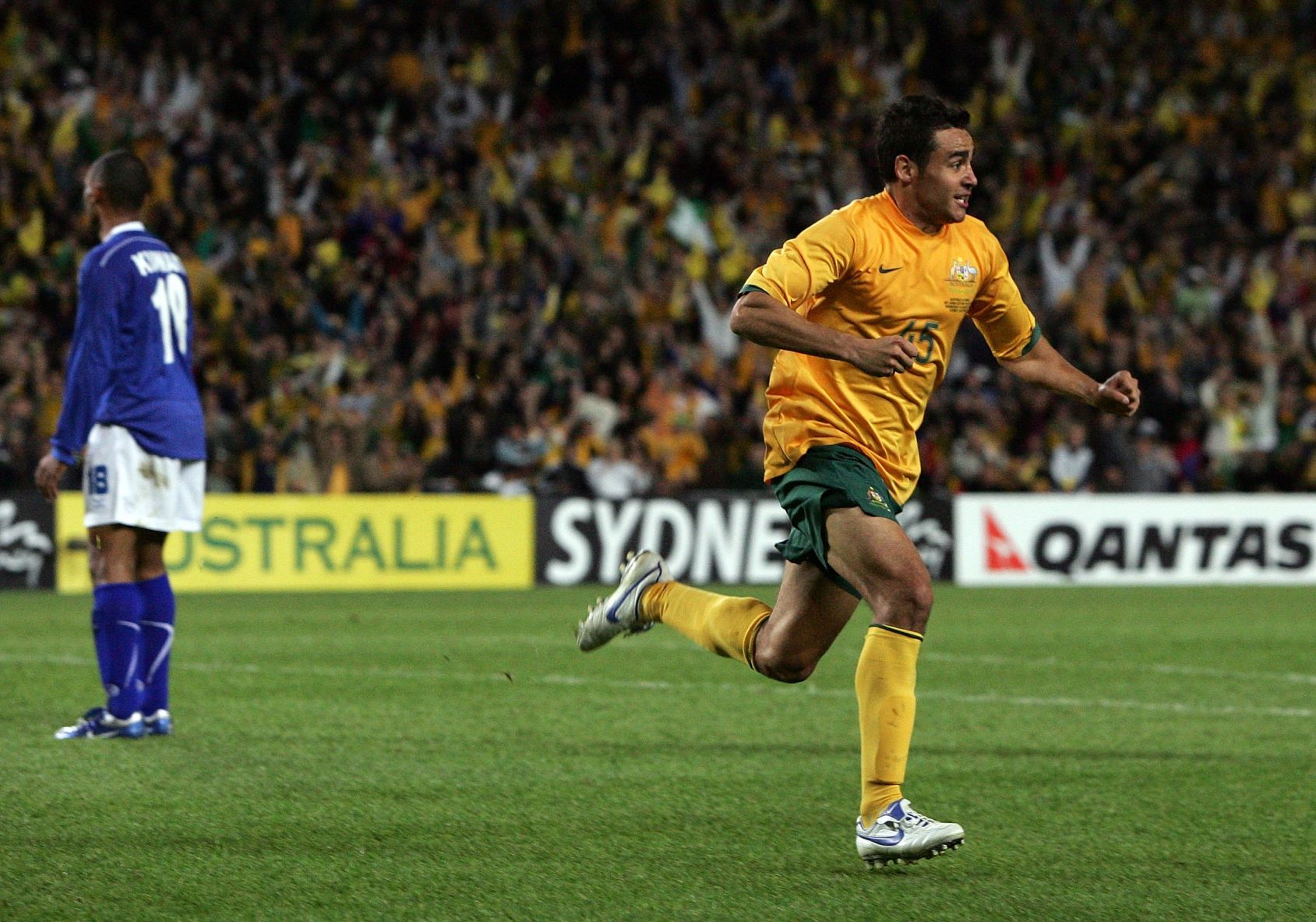
The goal not only made history, but it also capped off an incredible international debut for Dodd which saw him claim a Man of the Match award and the hearts of young Indigenous footballers across the nation.
Retired A-League stalwart Jade North is another former player who helped to put Indigenous culture on the world stage.
In a 2008 international friendly against Singapore, North became the first Indigenous Socceroos captain when he was handed the armband midway through the 0-0 draw.
“It was against Singapore. Pim Verbeek was the coach at the time and Harry Kewell was captain. He came off at half-time injured and then Verbeek looked around and because I just lifted the (A-League) trophy with Newcastle (Jets), he threw me the captain’s armband,” North said.
Much like Williams, North was surrounded by rugby league and other sports growing up.
But his destiny was shaped when he fell in love with the round ball game.
"Football brought the best out of me, it taught me to be proud of who I am and what I represent,” explained North.
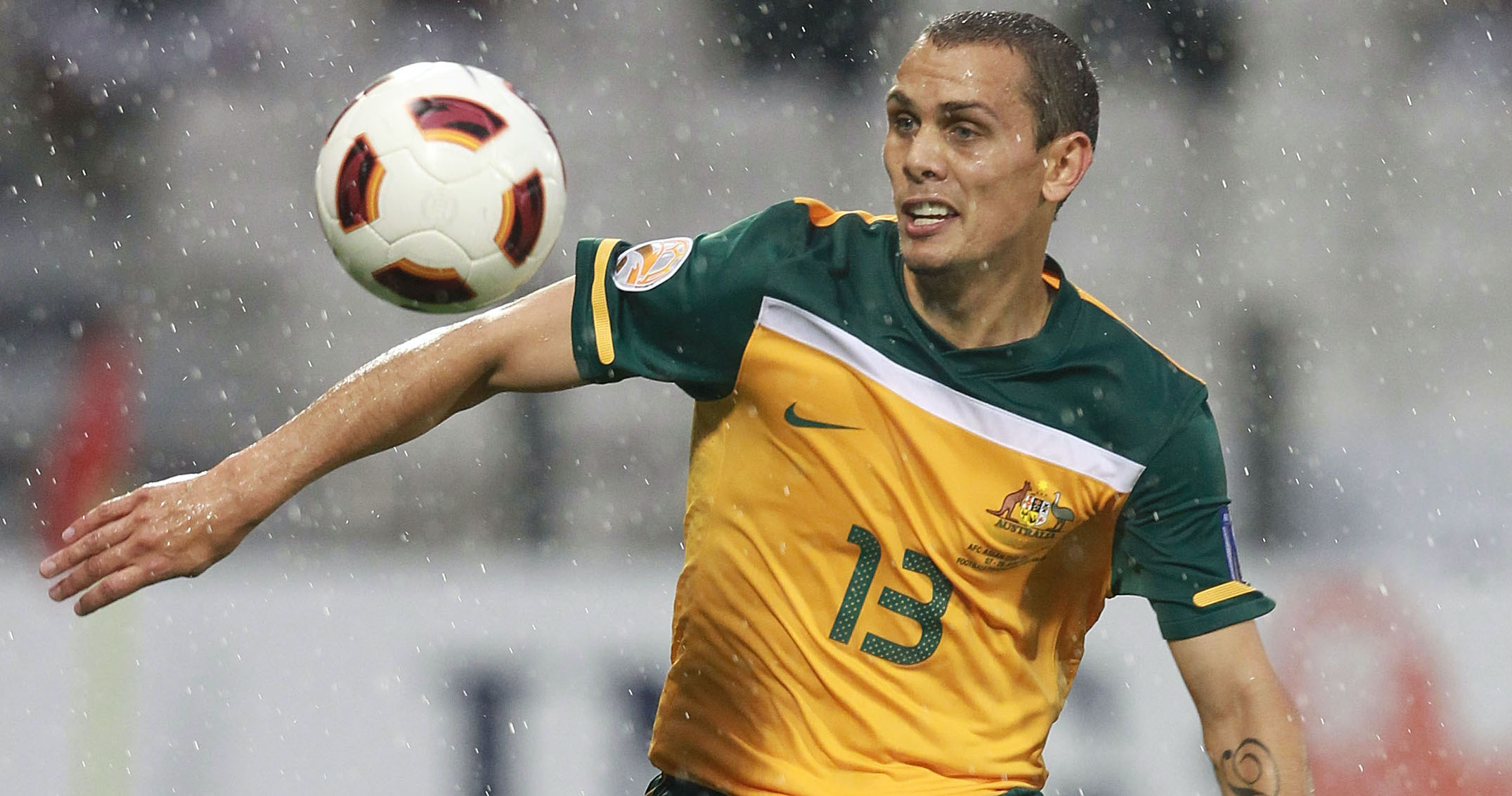
“I think it was after I won my first award when I was playing for (Sydney) Olympic back in the NSL. I was 18 or 19 at the time and that just springboarded me and gave me the confidence to be proud of who I am and where I’m from.
“I was the only Indigenous kid at school who was playing soccer even at my club level. Even when I was in the national team, under 17’s, under 20’s and under 23’s, I was the only Indigenous kid that was playing.”
Away from the pitch, North’s dedication to helping Indigenous communities was recognised in 2016.
“My proudest moment as a sportsman was winning the 2016 NAIDOC sportsmen of the year,” he said.
“It was great to be recognised by not just football but by your own mob and community and it’s a pretty prestigious award.
“To be able to have that sitting at home is something special.”
Since each of these iconic Indigenous players left their mark on the game and the Socceroos, Aboriginal and Torres Strait Islander footballers have contributed to the A-League and Westfield W-League.
And all Australians can only hope there will be many, many more to come in future generations.
This week, football joins the nation in coming together to celebrate the rich history, diverse cultures and achievements of Aboriginal and Torres Strait Islander peoples as the oldest continuing cultures on the planet.
